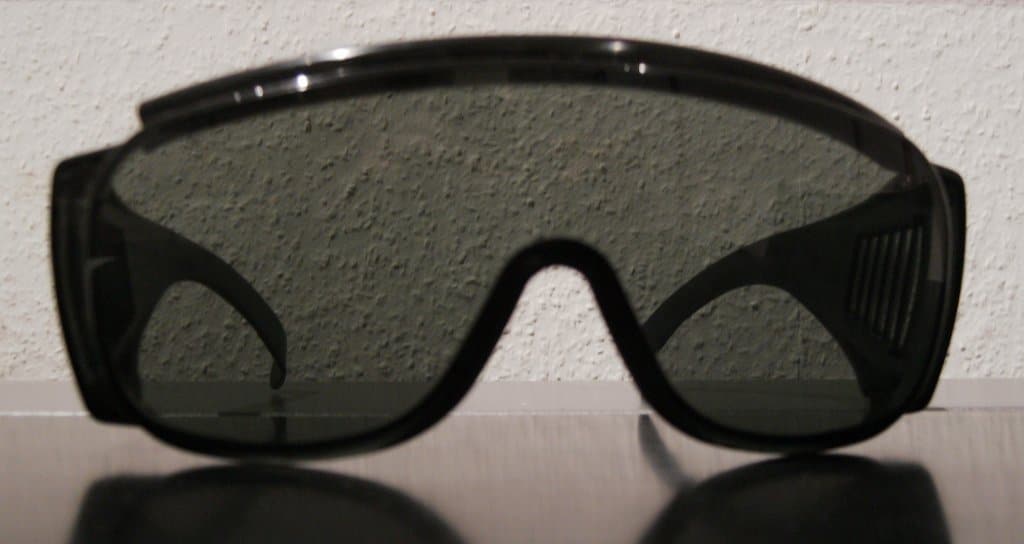What’s to Blame for Cataracts?
Cataracts can form on the lens of the eye after the eye has sustained an injury; or as a result of other medical issues, like diabetes; or just simply due to aging. It is known that exposure to UV light or radiation can cause secondary cataracts.
Scientists and doctors have known for a long time that UV (ultraviolet) light can damage skin. More recently, scientists have found out that UV light can also increase your risk for cataracts and other eye conditions by triggering an oxidative reaction in the lens.
This reaction in the lens, called oxidative stress, is a chemical reaction that occurs simply as the cells in the eye consume oxygen and other fuels to produce energy. As people age, cataracts may form in the lens due to oxidative stress. In addition to the normal aging process, chronic exposure to sunlight over many years increases your risk of developing a cataract. The UV light acts as a substitute for the oxygen, which triggers the harmful oxidative reaction in the lens, which then can cause cataracts. While there is UV in arc flashes, one exposure is unlikely to lead to cataracts for an electrical worker. Welding is a more likely occupation to have this effect but proper protection for the eyes will lead to less risk and wearing safety glasses and sun glasses to protect from the daily exposure to UV from the sun is your best protection.
How does this affect the electrical worker?
What about the worker who has been exposed to a huge event like an arc flash? Will the worker get cataracts from that one arc flash event? If UV light can trigger an oxidative reaction in the lens, what could exposure to an arc flash do?
Just as doctors advise everyone to wear sunglasses when outside on a bright, sunny day, the advice for workers is to don safety glasses. Wearing UV safety glasses should limit or eliminate any UV exposure from arc. AR glasses and AR goggles are available but have yet to gain traction, as well as different choices of AR shields.
Remember, cataracts are formed over time. None of us can stop the aging process, but we can take precautionary measures. Wear protective eye wear!
There is a University of Waterloo paper based on testing at Kinectrics. This paper indicated that eye damage in arc flashes at a distance was minimal when polycarbonate safety glasses were worn, but this was an animal study and did not review long term effects to electrical workers.
Read an online paper from University of Leeds, UK, on UV radiation and the eyes.

